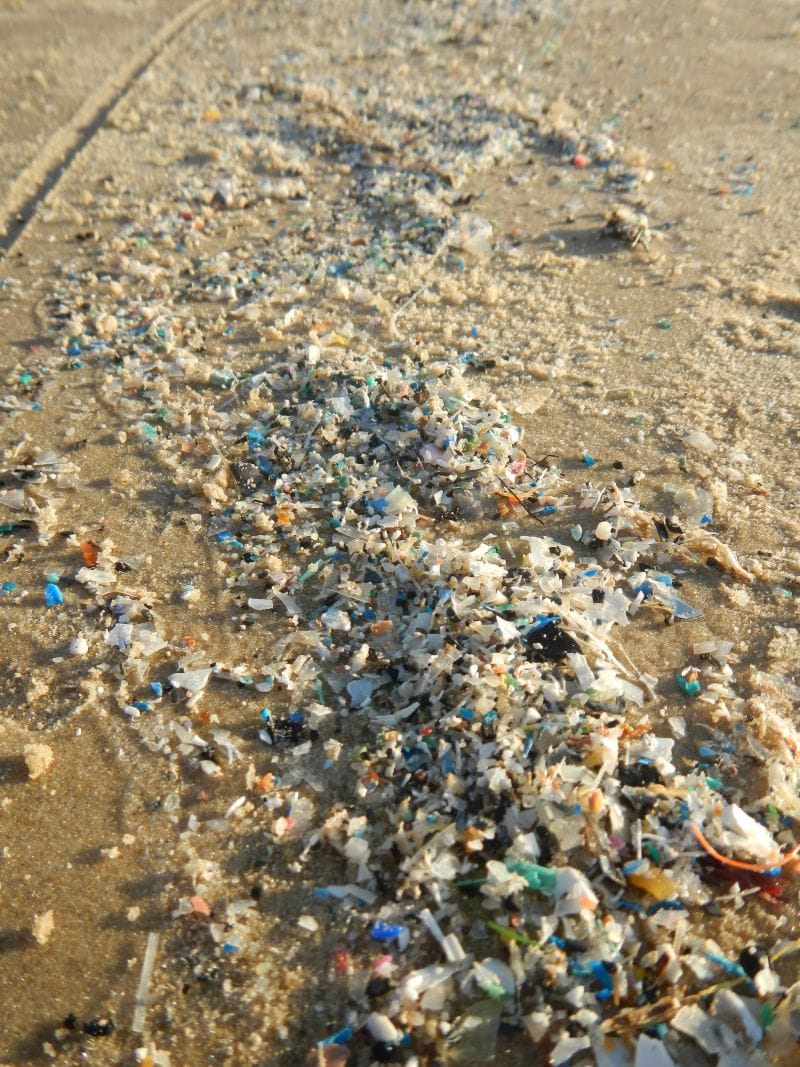RSS feed source: National Science Foundation
Researchers with support from the U.S. National Science Foundation published a global benchmark of microplastic distribution in the ocean, revealing thousands of plastic specks even at the extreme depths of the Mariana Trench.
The study’s findings show that not only could fisheries take an economic hit, but humans could be at risk for exposure to contaminated seafood.
The team synthesized data from nearly 2,000 ocean sampling stations, mostly in northern ocean waters near larger populations between 2014 and 2024. “The discovery that microplastics are not just floating on the sea surface but also form a plastic smog, throughout the depths of the ocean, was surprising and concerning,” said Aron Stubbins, an author on the paper and professor at Northeastern University.
Abundant microplastic materials smaller than 5 micrometers — or about 100 times less than the width of a human hair — may be eaten by zooplankton, which in turn feed larger marine animals. Microplastics can disrupt marine food chains, causing health declines and potential drops in populations for fish and other marine creatures.
“Even when we are studying what we think of as completely natural processes in the ocean, we have to be aware of humankind’s influence,” said Henrietta Edmonds, an NSF program director.
Click this link to continue reading the article on the source website.



